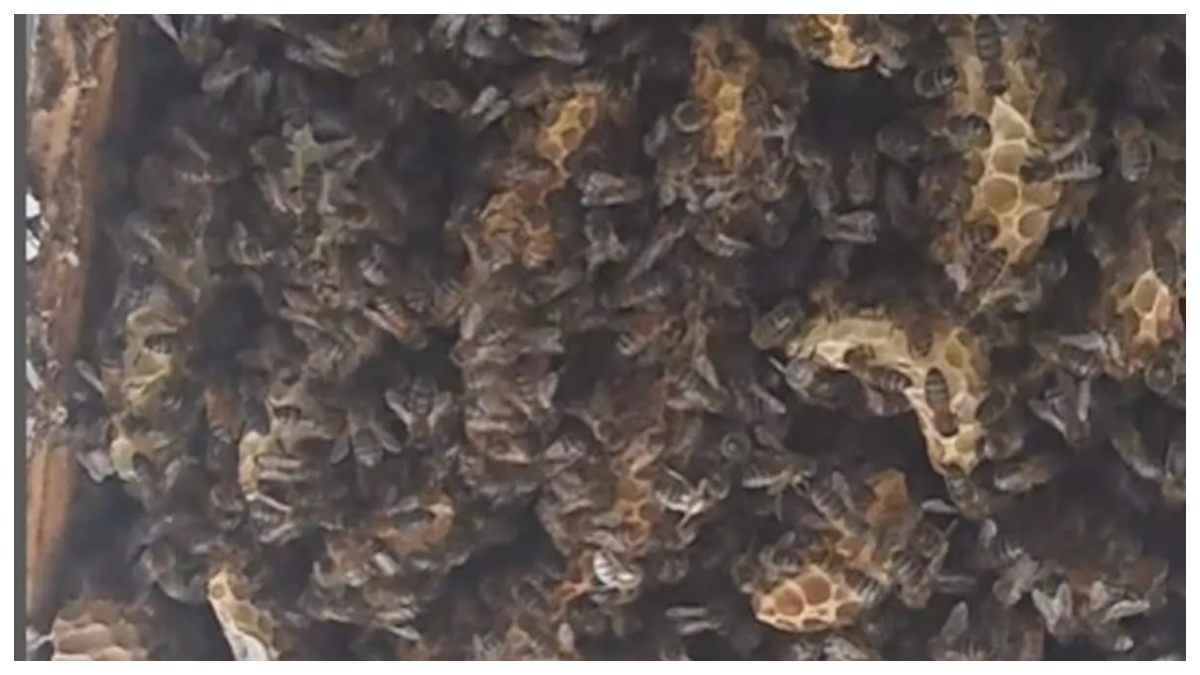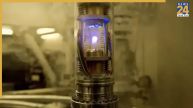A massive bee colony has been causing quite a commotion in Inverness, where approximately 180,000 bees were found living inside a house’s ceiling. It is believed that the bees had been residing above the plasterboard ceiling of a spare bedroom for several years. According to a report by the BBC, the homeowner’s grandchildren mentioned hearing buzzing sounds at night.
Three bee colonies, each containing up to 60,000 bees, were discovered in the house. Beekeeper Andrew Card from the Loch Ness Honey Company was called to relocate the swarms to temporary hives. These colonies will be monitored for parasites over the next few weeks before being utilized for honey production next year.
Mr. Card shared a brief video on social media, highlighting the enormous size of the hive and outlining the upcoming task.
Also Read: Viral Post: Husband Requests Wife To Quit Job, She Counters With Demand For Half Of His Company
View this post on Instagram
Also Read: Girlfriend Walks On Cash: Russian Influencer’s Video Sparks Outrage
In an interview with The Press and Journal, Mr. Card estimated that the first colony is around seven years old, with the other two forming more recently.
He mentioned that this is the largest colony he’s handled so far.
‘A man was doing maintenance on his roof and suspected there might be bees living there. When he saw a swarm enter the bathroom, he realized it needed to be addressed, so he contacted us,’ he explained.
‘I’ve dealt with about 30 colonies over the past three or four years, but this is the biggest one we’ve encountered.’
Using a thermal imaging camera, the beekeeper located the bees, though he admits the extent of the hive was much larger than anticipated.
‘I use a thermal imaging camera to pinpoint their location, which gave me a clear idea of where to open the plasterboard. I was expecting maybe three feet of hive, but each one was between six and eight feet,’ he added.
Mr. Card speculated that the bees chose that particular location due to its larger size. The property, with its flat roof and lack of insulation, could accommodate up to 40 liters, far surpassing the typical colony size of 50,000 bees during this time of year, which was larger than expected, ranging between 150,000 and 180,000 bees.













